Chimeric efferocytic receptors improve apoptotic cell clearance and alleviate inflammation
- PMID: 36563662
- PMCID: PMC9930200
- DOI: 10.1016/j.cell.2022.11.029
Chimeric efferocytic receptors improve apoptotic cell clearance and alleviate inflammation
Abstract
Our bodies turn over billions of cells daily via apoptosis and are in turn cleared by phagocytes via the process of "efferocytosis." Defects in efferocytosis are now linked to various inflammatory diseases. Here, we designed a strategy to boost efferocytosis, denoted "chimeric receptor for efferocytosis" (CHEF). We fused a specific signaling domain within the cytoplasmic adapter protein ELMO1 to the extracellular phosphatidylserine recognition domains of the efferocytic receptors BAI1 or TIM4, generating BELMO and TELMO, respectively. CHEF-expressing phagocytes display a striking increase in efferocytosis. In mouse models of inflammation, BELMO expression attenuates colitis, hepatotoxicity, and nephrotoxicity. In mechanistic studies, BELMO increases ER-resident enzymes and chaperones to overcome protein-folding-associated toxicity, which was further validated in a model of ER-stress-induced renal ischemia-reperfusion injury. Finally, TELMO introduction after onset of kidney injury significantly reduced fibrosis. Collectively, these data advance a concept of chimeric efferocytic receptors to boost efferocytosis and dampen inflammation.
Keywords: BAI1; CHEF; ELMO1; TIM4; acute kidney injury; apoptosis; chimeric receptor; efferocytosis; inflammatory diseases.
Copyright © 2022 Elsevier Inc. All rights reserved.
Conflict of interest statement
Declaration of interests The authors declare no competing financial interests.
Figures

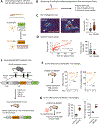
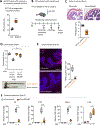

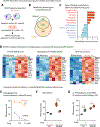
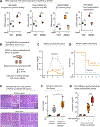
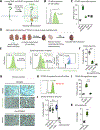
References
Publication types
MeSH terms
Substances
Grants and funding
LinkOut - more resources
Full Text Sources
Other Literature Sources
Molecular Biology Databases
Research Materials
Miscellaneous

